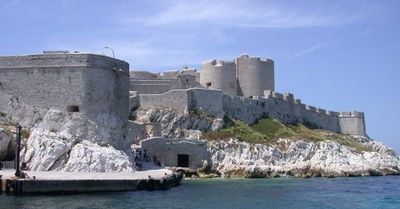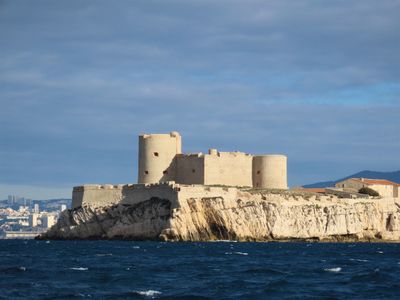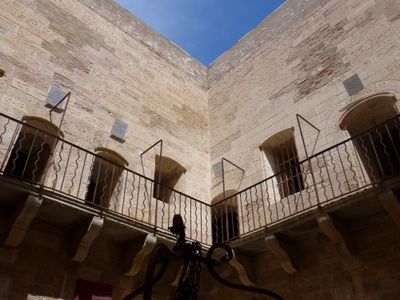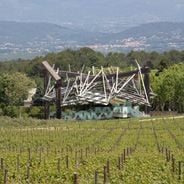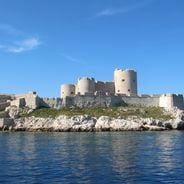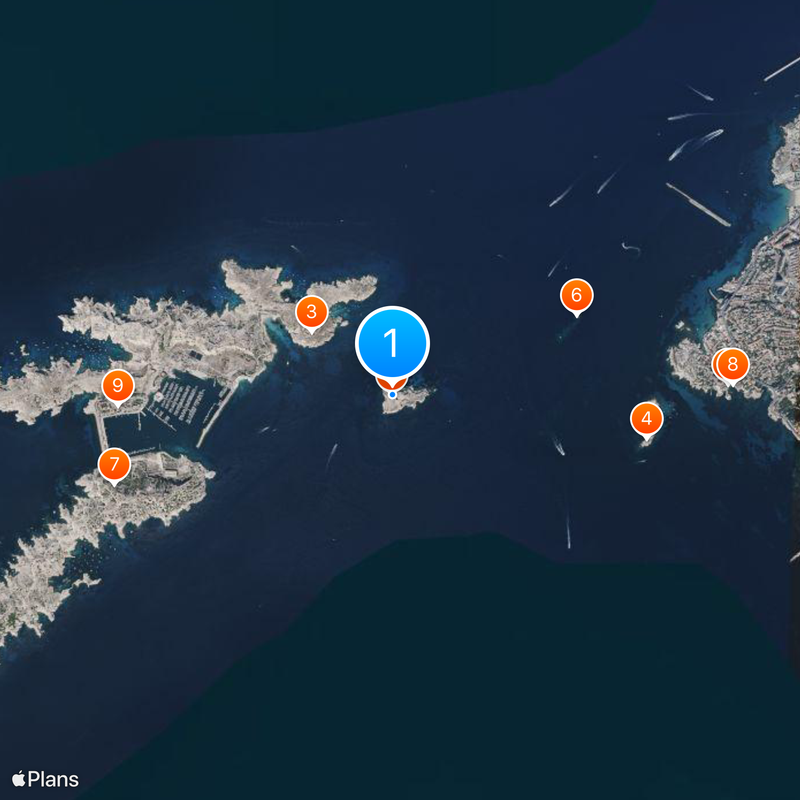
Château d'If, Medieval fortress in Frioul Islands, France
Château d'If is a medieval fortress on a small rocky island in the Frioul archipelago off Marseille in France. The square structure has three floors with thick stone walls and three defensive towers equipped with gun emplacements.
King Francis I ordered construction of the fortress between 1524 and 1531 to protect the harbor of Marseille from enemy naval attacks. The structure later served as a state prison, holding political and religious prisoners under harsh conditions.
Alexandre Dumas chose this fortress as the setting for his novel The Count of Monte Cristo, published in 1844 and featuring the fictional prisoner Edmond Dantès. Today visitors walk through the cells and corridors that inspired the famous story and made the site known around the world.
Boats leave regularly from the Old Port of Marseille and reach the island in about 20 minutes. Guided visits are available during summer months, and the site includes steep stairs and narrow passages inside the towers.
The fortress held prisoners in different types of cells, with wealthy inmates receiving furnished rooms that had windows and a fireplace, while others stayed in windowless chambers below ground. The most famous cell carries the name Edmond Dantès, even though this literary character never actually existed.
Location: Frioul Islands
Inception: 1527
Architectural style: medieval architecture
Address: Embarcadère Frioul If, 1 Quai de la Fraternité, 13001 Marseille, France
Opening Hours: Monday-Sunday 10:00-18:00
Phone: +33603062526
Website: https://chateau-if.fr/es
GPS coordinates: 43.27986,5.32514
Latest update: December 14, 2025 21:42
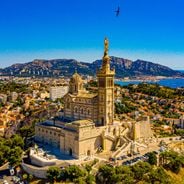
Marseille brings together ancient history and modern city life. This route reveals the many faces of the city through its most important places: the Notre-Dame de la Garde Basilica overlooks the entire city, while the Vieux-Port serves as the beating heart of urban activity. The harbor has been a...
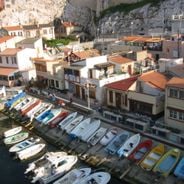
Marseille offers a range of photo locations that show the city's history and geography. Visitors can watch daily life at the harbor in Vallon des Auffes, where fishing boats create traditional scenes, or walk the steep streets of the old quarter Le Panier, with its colorful facades and local shops....
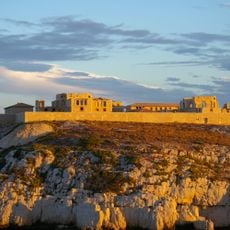
Hôpital Caroline
617 m
Degaby Island
1.6 km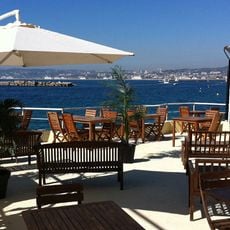
24 Hour Beach
2 km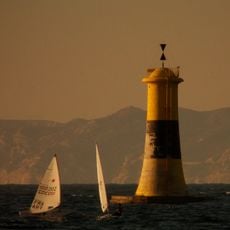
Canoubier turret
1.2 km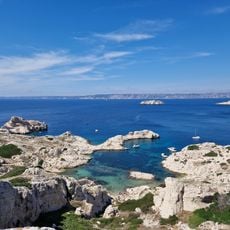
Frioul archipelago
1.8 km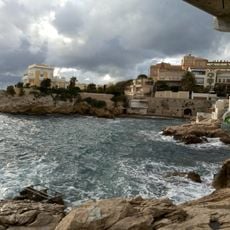
Anse de Maldormé
2.1 km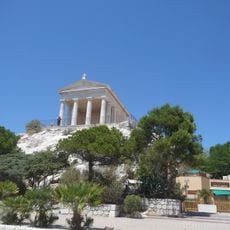
Chapelle Saint-Étienne de l'île de Ratonneau
1.7 km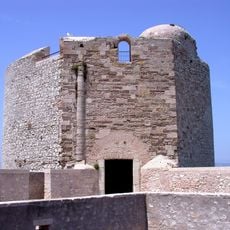
Chapelle Notre-Dame-des-Passions de l'île d'If
22 mEsplanade Jean-Marie Pères
2 kmScenic viewpoint
2 kmVue sur le Château d'If
574 mScenic viewpoint
1.9 kmScenic viewpoint
17 mScenic viewpoint
2 kmScenic viewpoint
1.2 kmScenic viewpoint
1.8 kmScenic viewpoint
809 mScenic viewpoint
2.1 kmMARS_60
2.1 kmMARS_63
2.1 kmMARS_64
2 kmMARS_68
1.9 kmScenic viewpoint
958 mScenic viewpoint
1.7 kmScenic viewpoint
2.1 kmMemorial
2 kmMemorial
965 mAncien socle
1.3 kmVisited this place? Tap the stars to rate it and share your experience / photos with the community! Try now! You can cancel it anytime.
Discover hidden gems everywhere you go!
From secret cafés to breathtaking viewpoints, skip the crowded tourist spots and find places that match your style. Our app makes it easy with voice search, smart filtering, route optimization, and insider tips from travelers worldwide. Download now for the complete mobile experience.

A unique approach to discovering new places❞
— Le Figaro
All the places worth exploring❞
— France Info
A tailor-made excursion in just a few clicks❞
— 20 Minutes

